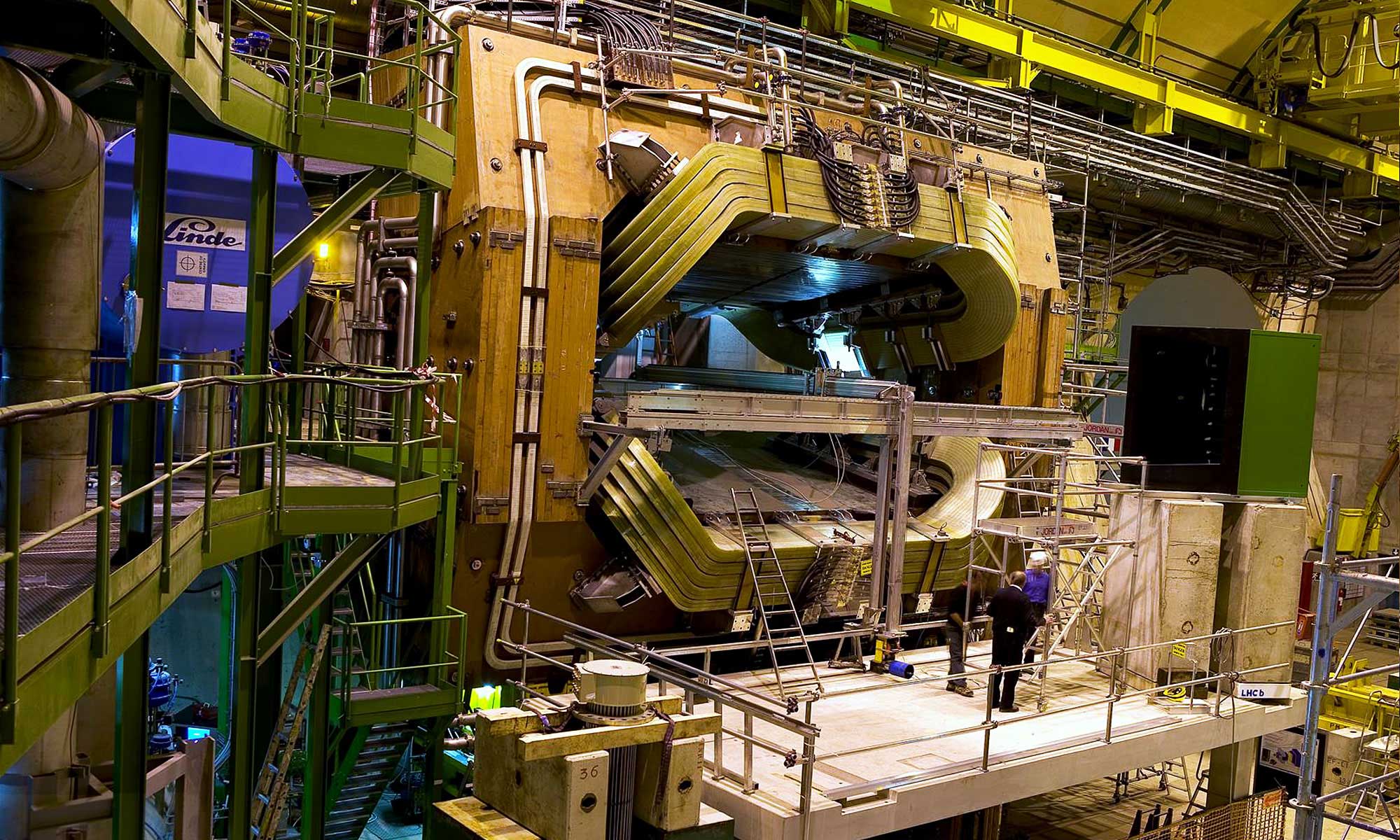On 13th of September, the LHCb experiment at CERN presented a measurement of the masses of two particular particles with a precision that is unprecedented at a collider like the LHC. Until then, precise studies of these “charmonium” particles were only possible with purpose-built experiments and seemed impossible to be achieved at a hadron collider.
Charmonium physics is a very powerful tool for a deeper understanding of the strong interaction between quarks and thus Quantum Chromodynamics (QCD).
The first charmonium particle, the J/ψ meson, was discovered on the 11th of November 1974. This discovery triggered rapid changes in high-energy physics at the time and these are commonly referred to as the "November Revolution". The leading scientists Burton Richter and Samuel Chao Chung Ting were rewarded with the 1976 Nobel Prize in Physics for their shared discovery.
What are Charmonium particles?
According to the standard model of matter, all hadrons, i.e., particles with quarks as constituents, are made of at least 2 quarks. All three-quark particles are classified as baryons, all two- quark particles as mesons. Whereas stable matter must be baryonic, all mesons are unstable and have only an average lifetime of 10-8 s or shorter. Any type of quark can bind together with any type of antiquark to make the mesons.
However, only the charm (c) and bottom (b) quarks can form bound states having spectra and energy levels reminiscent of the ones of atoms.
Charmonium refers to a class of composite particles formed when a charm quark (c) binds to a charm antiquark (c).
Strictly speaking, the term particle is misleading somehow because all charmonium particles consist of the very same elementary building blocks (cc). Though, the cc-system can exist at different energy levels. In this context, we should rather think of different states of the cc-system, instead of each charmonium state as a different particle on its own.
The lowest energy state of such a system is the ground state whereas the energetically higher charmonium states are considered as excited states of the charmonium system.
For historical reasons, charmonium states were named as particles of their own. E.g., the ground state of a charmonium system is called ηc (eta) meson, the first excited state of the same charmonium system is called J/ψ (J/psi) meson, and so forth. Each state has its characteristic energy level.
The charmonium states can be seen in analogy to the excited states of the hydrogen atom which is formed from a proton and an electron bound together by the electromagnetic force. The electromagnetic field between the proton and the electron and therefore the existence of an electromagnetic potential is paralleled by the storing of energy within the two-particle system. From a simplified point of view, we could imagine that the electron orbits the proton. Therefore, an electron in a 'higher' orbit is equivalent to a higher energy state of the two-particle system.

